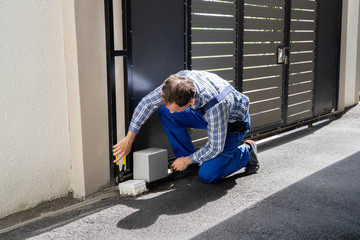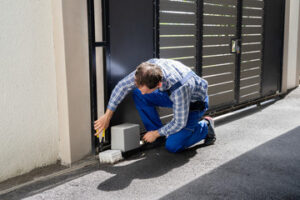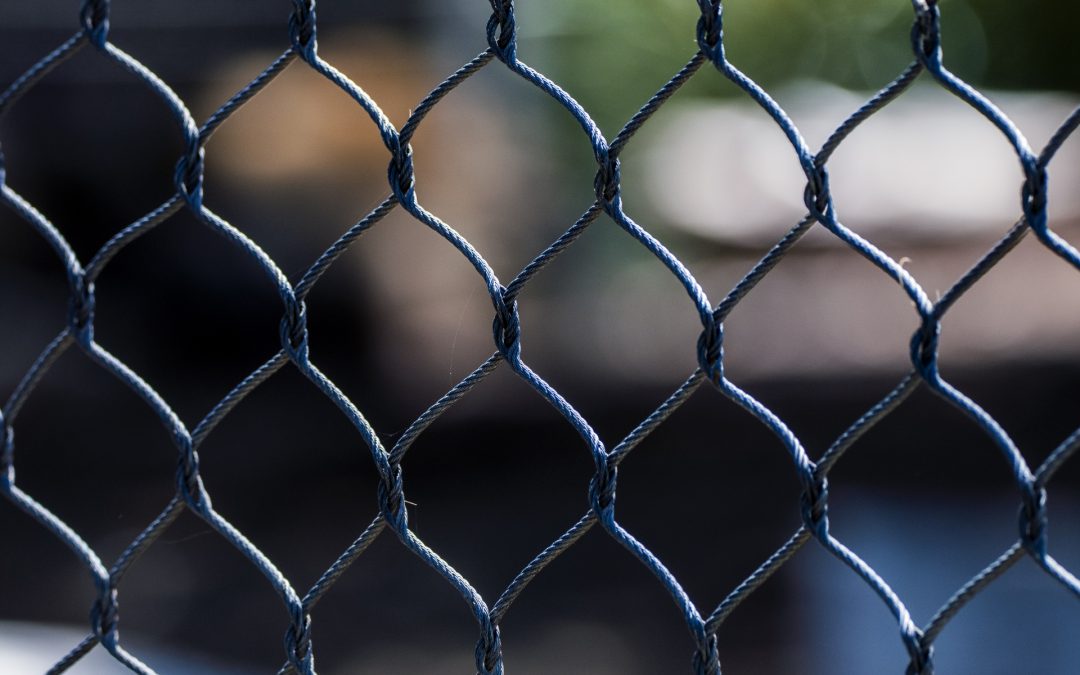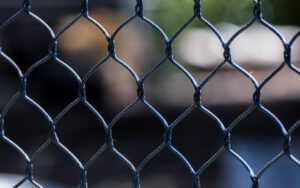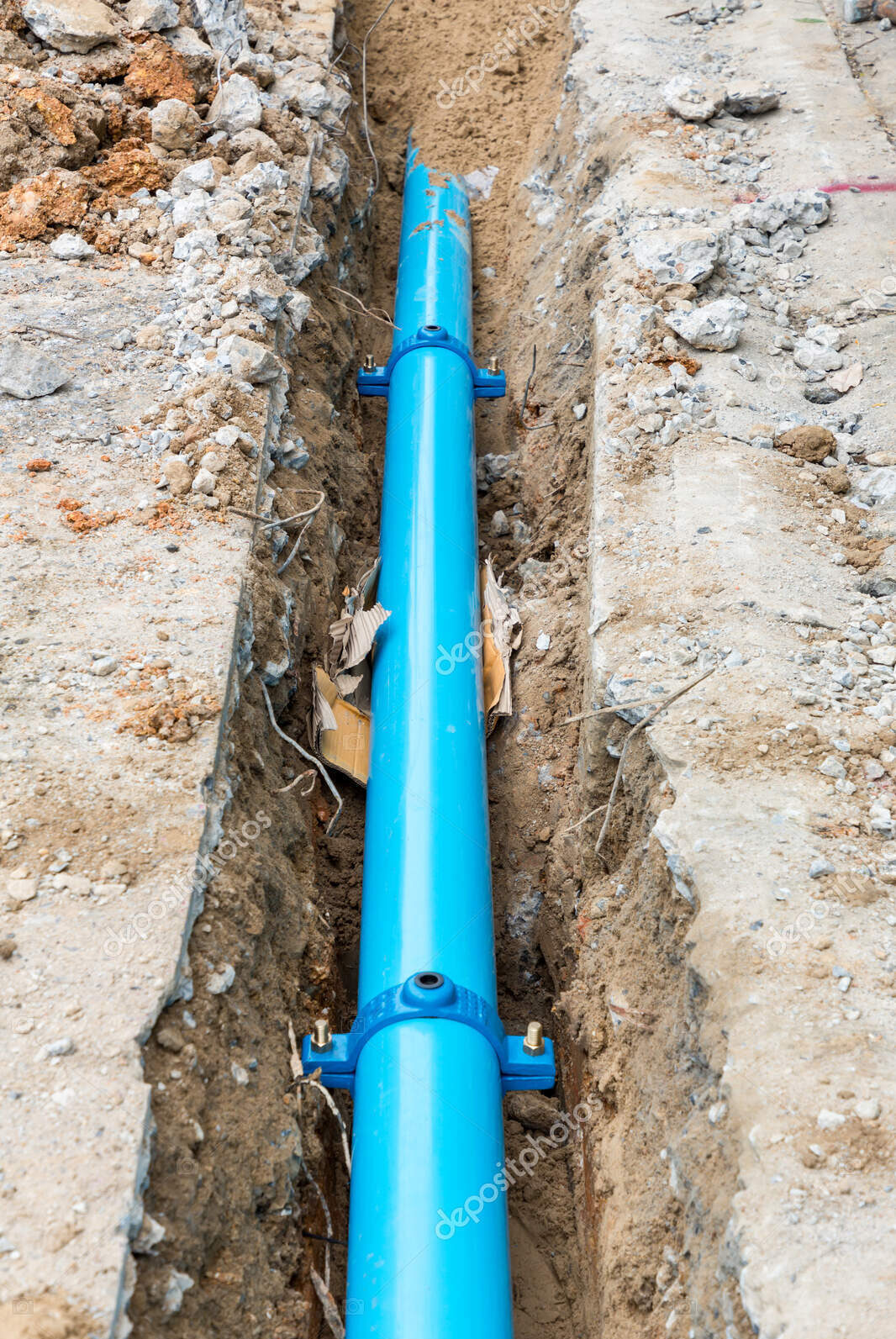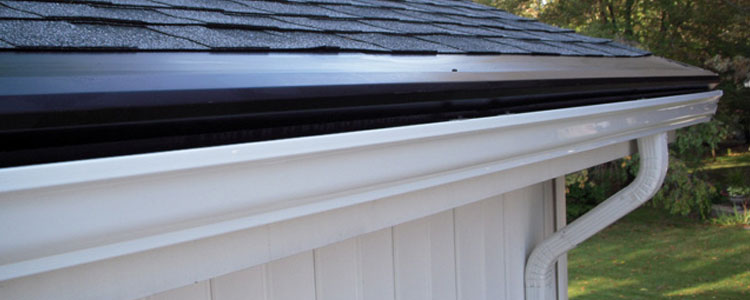Getting the fence right takes planning. It also takes the best equipment and a team with experience in working with that equipment. A mistake of even a few inches can mean your new fence is overstepping someone else’s land. Locating your property lines is the first step in preparing for fence installation. Fence Company Charlotte NC demands high-quality products for their customers because they stand behind every fence installation.
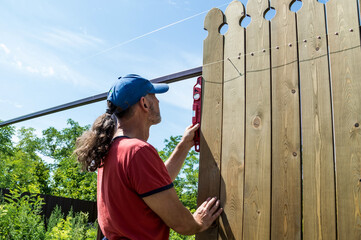
If you’re planning a fence installation, it’s important to consider your needs and goals. Do you need fencing for security purposes, or do you want to block out noise and keep your pets in the yard? What about style and materials? It would be best to consider what maintenance and cost you are willing to commit to. For example, if you live in an area with cold weather, choosing metal or vinyl over wood may be a good idea because wood can rot over time.
A good starting point is to get your property surveyed. This will ensure that you are building your fence entirely on your own land and not encroaching on a neighbor’s rights. If you find out that your property line isn’t clearly defined, consult your deed and contact a surveyor to have it corrected.
Once you know the exact measurements for your fence, stake each corner and gate post location with string and walk it out to verify that it is straight. Using a string will help you avoid digging holes in the wrong places and save you time, money and headaches.
After you dig the hole, it’s a good idea to add some concrete, like Quikrete Fast-Setting Concrete Mix. This helps divert rainwater away from the base of the post, which can cause it to rot over time. Use a wheelbarrow or bucket to mix the concrete and then use a trowel to smooth it in place.
After the concrete has set, look down the fence line from one end to the other and tamp any posts that have moved out of place. This is common because of the movement of soil, rocks and other debris during the installation process. It’s best to do this before the concrete sets, because it can be difficult to tamp once it is dry.
Materials
Before starting your fence installation, make a list of the materials you’ll need. You may be able to purchase fencing from a home improvement store, and prefabricated fence panels are also available in a variety of styles and methods of installation. If you’re planning on building your own wooden fence, you’ll need wood rated for direct ground contact or pressure-treated and coated with preservative.
You’ll need the proper tools for digging holes, and the depth of those holes depends on soil type. Sandier soils require deeper holes than loamy ones. When digging, take into consideration that the holes will be filled with concrete or another material after they’re installed.
The materials you choose depend on your budget, the nature of your land and whether you plan to use a professional or DIY. Wood, chain-link and vinyl are DIY-friendly, while masonry and metal are best left to pros. Consider how much maintenance you’re willing to do, as well. Wood requires staining and regular refinishing, while vinyl is virtually maintenance-free.
Depending on the scope of your project, you’ll need a variety of other items as well. For example, if you’re installing a wood fence, you’ll need wood posts, rails and panels, as well as deck screws, nailers and fasteners. You can find all of these at a home improvement store, and it’s always good to buy more than you think you’ll need. You’ll also need the proper tools for measuring and cutting your materials. A tape measure, level, torpedo level and post hole digger (or auger) are essential for a successful fencing project. You should also purchase post caps to protect your posts from the elements.
Planning
Before a fence is set into the ground several important things need to be taken care of. These range from bureaucratic red tape to stylistic decisions. Taking the time to do the homework required before that first post is driven will save both time and money in the long run.
Start with a dimensioned sketch of your yard with the proposed location of the fence. This will help you determine your property lines and make sure you aren’t encroaching on neighboring properties. It will also help the fencing contractor by showing where the posts will go. Be sure to mark locations for gates and doors in the yard as well.
If your neighborhood or subdivision has a homeowner’s association, be sure to ask about their rules regarding the type, height and material of fence allowed. These rules can also dictate how far back a fence must be from sidewalks and property lines. Local ordinances and building codes may also regulate the size and style of a fence.
Consider your primary purpose for the fence. This will guide both your style and materials choice. Are you looking for privacy, containment of pets and children, security or simply a visual enhancement of your property? Once you have determined your purpose, you will be able to narrow down your choices and choose the right design for your home.
If you are sharing the cost of a fence with neighbors, it is a good idea to talk to them before starting construction. This will ensure they are aware of the construction and installation process and can discuss any concerns or issues that may arise. They can also give you tips about the best ways to maintain the fence once it is in place. Also be sure to discuss any underground elements, such as sprinkler systems that may be affected by excavation or wires that may need to be moved.
Permits
Many cities and towns require homeowners to obtain a permit before installing a fence. This is to ensure that the fence is built according to code and adheres to local regulations regarding height limits and specific materials used. It also helps ensure that the structure is safe and does not pose any danger to passersby.
If you’re unsure whether or not you need a permit, it is always best to call the building inspector or city hall to be certain. They will give you the necessary paperwork and information that you’ll need to complete your application. They may even have a sample form that you can use for reference.
Generally speaking, permits for fences are pretty easy to get if you are using standard materials like wood, composite or chain link. In contrast, if you are building something out of the ordinary or a material that isn’t commonly seen in your area, you’re going to have a lot more hoops to jump through. This is because these types of structures are typically subject to a much more thorough inspection process that may require the use of a professional engineering firm to complete.
You may also be required to provide proof that you own the property on which you are building the fence. You may have to submit a survey or deed recording receipt to this effect. Furthermore, if your fence is intended to encroach into conservation or woodland preservation areas or any easements, you will have to submit the permission of the respective easement holder.
Additionally, you will likely have to submit a plan of the proposed fence along with a detailed sketch. This will help the inspectors to see how your fence is planned and make sure that it does not infringe upon any neighboring properties or obstruct a utility line.
Safety
During any construction project, safety is always of paramount concern. Fence installation is no exception. It involves working with power tools, moving heavy equipment and debris and navigating uneven ground. These factors make the risk of injury a real possibility.
The first step to safety is ensuring that all the materials and tools used are in good condition. If they aren’t, they can lead to accidents that may result in injuries. Next, it is important to follow all applicable codes and regulations. This includes ensuring that workers are properly trained, using approved rigging and lifting equipment and following proper work procedures. Finally, it is important to keep children and pets away from the construction site to prevent them from getting hurt.
In addition to these general safety measures, it is also a good idea to consider the weather conditions where you live when selecting fencing materials. For example, if you choose to install a wood fence in a coastal region, be prepared for the possibility of rot and corrosion. Similarly, metal fences aren’t ideal for use in areas where there is a lot of rainfall.
If you are installing an electric fence, be sure to avoid running it alongside high-voltage lines. This could cause a deadly shock. Additionally, it is a good idea to keep electrical fences away from radio antennas.
It is also important to call authorities before starting any digging work. This will ensure that all utility lines are marked before you dig, preventing accidental damage to gas and electricity lines that can potentially put lives at risk. Furthermore, it is possible to get fined for damaging an underground line. This is a situation that no homeowner wants to find themselves in.
